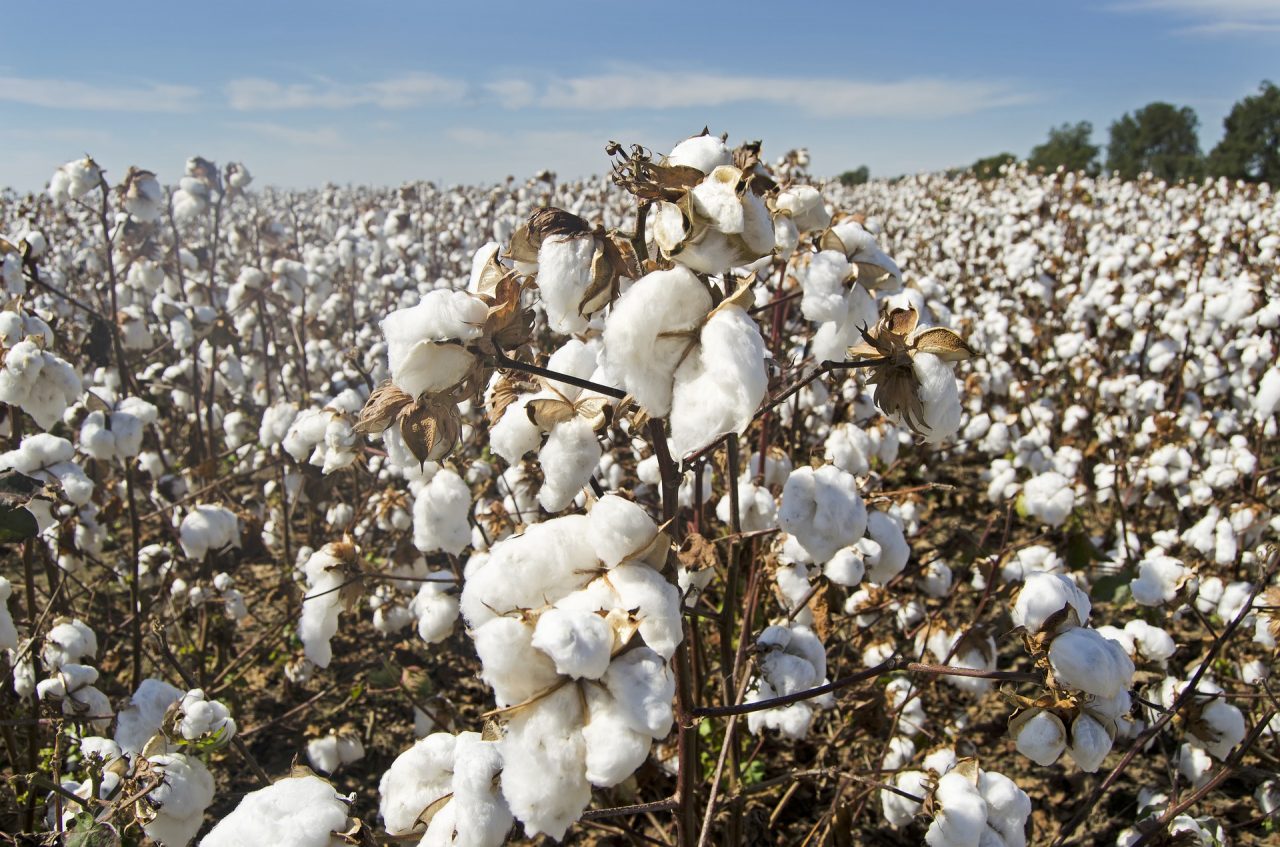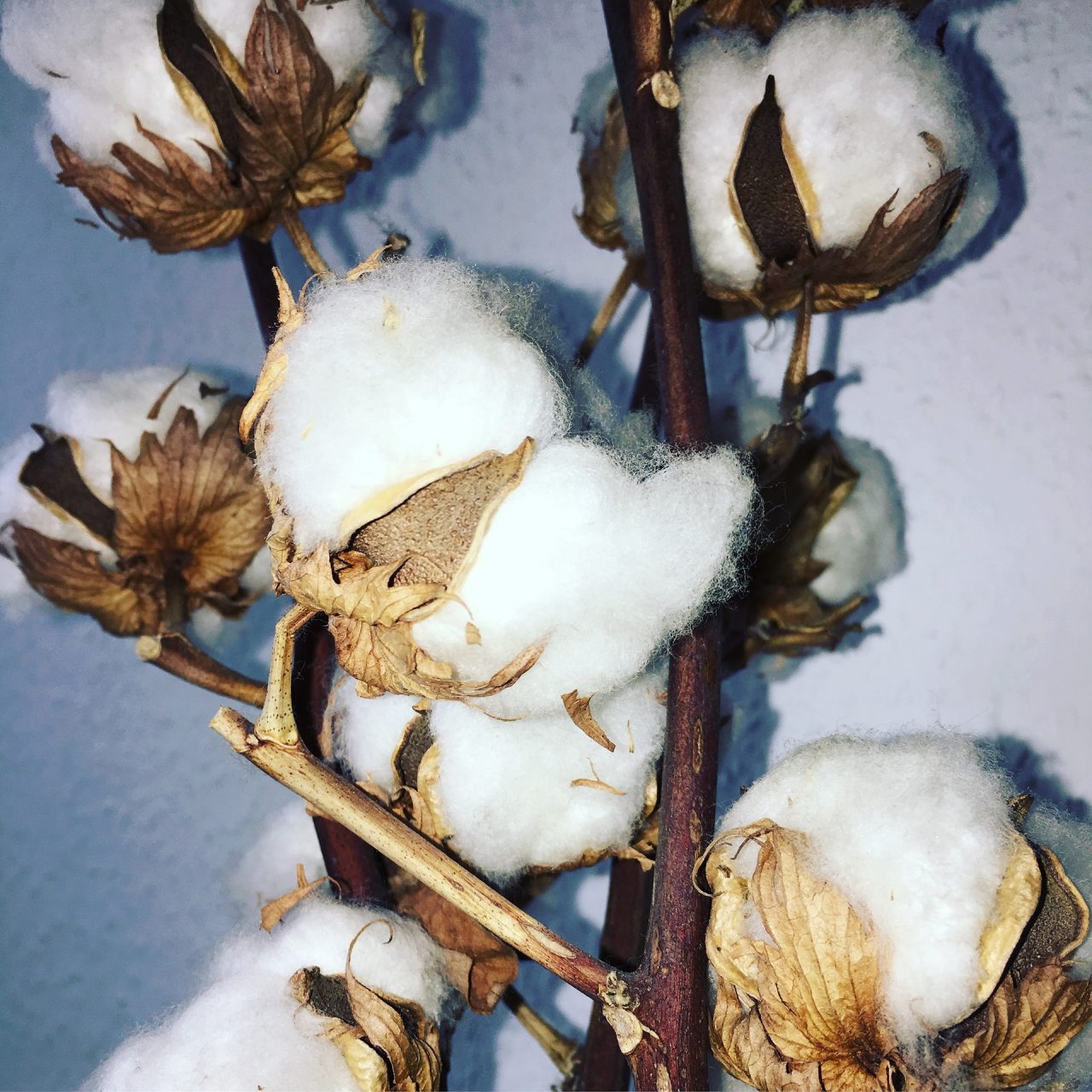Shahid Sattar and Hira Tanveer
“Pakistan Today”
February 25, 2018
Reversing the Decline
Our exports instead of growing have been steadily decreasing since 2013. “Why are we failing ourselves?” The answer to this question would be a first step in reversing our country’s fortunes and lead to a more sustainable growth stratagem. Let’s just start with what can be done to move forward leaving behind what could have been and focusing on what can be!
Lack of an appropriate enabling environment for domestic industry, inappropriate exchange rate policy and the rising debt repayment obligations have precipitated into a balance of payment crisis which most analysts term as a national security threat. It is imperative that immediate policy measures be taken to not only cover the lost ground but for Pakistan to achieve its potential economic growth and job creation.
TRADE & EXTERNAL SECTOR-INDICATORS
| Sources: PBS, SBP Commodities | FY 16 | FY 17 | FY 18
Projected |
| US $ Million | |||
| Exports | 20,802 | 20,448 | 21,672 |
| Imports | 44,765 | 53,026 | 57,744 |
| Trade Deficit-Goods | (23,963) | (32,578) | (36,072) |
| Trade in Services -Deficit | (2,400) | (3,573) | (4,980) |
| Total Deficit in Goods & Services | (26,363) | (36,151) | (41,052) |
| Remittances inflow | 19,915 | 19,304 | 19,251 |
| Total External Deficit | (6,448) | (16,847) | (21,801) |
Since the textile sector is the biggest productive manufacturing sector of Pakistan both in size and value, if it performs, economy of Pakistan flourishes. If this sector goes down, it drags down the entire economy with it. Providing this sector with an enabling environment naturally provides a strong growth stimulus to the Pakistan’s economy.
The whole process of the textile industry starts from the farmer cultivating the cotton crop. Investment in farmers and crops adds to the whole value chain and the rural chunk of population working in the fields. Providing farmers with best quality seed, fertilizer and disseminating current information through a scheme of mobile value added services for farmers in local languages through SMS, outbound dialers and Integrated Voice Response System (IVRS) or through programs on the lines of Lady Health Worker, technical trained support staff using latest technology and analysis assisting farmers to use seeds and techniques to meet the area-specific needs for their crops is required to increase the cotton crop which has stagnated at about 12 million bales for a decade. The fall in cotton yield in Punjab has led to a situation where competing crops have eroded the area under cotton crop cultivation. Government policies through which sugar prices are kept artificially twice that of the international market have hurt cotton the most. The huge subsidy cost is borne by the poor consumers of sugar who pay upwards of Rs60 per kilo when sugar could readily be imported at Rs30 per kilo. To add insult to injury each time the sugar surplus is exported huge subsidies are paid to the sugar mill owners.
Women have remained underutilized and untrained segment of society although they form 48.76% of the population of Pakistan
The next step is production. To improve there a reduction in cost of doing business by reducing energy prices and bringing them at par with regional competitors (Indian Punjab has frozen their electricity tariff at Rs5 per kilowatt hour for industries for next five years). Focusing on increase in productivity through BMR, fresh investment and innovative techniques and rationalization is required for which the government has to provide an all-encompassing policy. This can be achieved through exemption on surcharge for the export industry. Setting up wage rates in terms of “per piece rate” is known to improve labor productivity so reforming wage structure in manufacturing sector particularly garment industry that is labor intensive can help achieve high marginal productivity. Increased Duty Drawback, regressive and indirect taxation which have increased from about 14% of inputs in 2012- 13 to 19% of inputs in 2017 can be one of the policy measures.
Women have remained underutilized and untrained segment of society although they form 48.76% of the population of Pakistan. Labor force participation of women has increased marginally since 2010, but only one in four women participate in the labor force. Pakistan’s economy cannot reach its potential unless and until the untapped potential of women – by including them in them in the labour force – is fully utilized. Creating employment opportunities and providing relevant skill sets to women is critical to this task. Special training and skill development programs focused on women should be initiated by textile industry and government jointly to create employment opportunities for women in garments sector that is very labor intensive. This will not only provide jobs but will also add to the economy by increasing exports and accelerating growth.
Looking at the external front, market development is one of the most neglected factors both on the part of government and as well as the industry. Pakistan has not done enough to retain and to build new export relations with foreign brands. Focused interventions to encourage foreign brands for establishing buying houses, we need to establish commercial enclaves in major cities with proper security arrangements. During 2010–15, exporters in Pakistan succeeded in maintaining only 41.5 percent of export relationships; that is, of the 400 relationships in 2010, only 166 remained in 2015. This is in contrast to India and Vietnam, which maintained 54.7 percent and 66.4 percent of their relationships over the same time period.
Pakistan’s export performance has been particularly lackluster in recent years as it has lost 1.5 percent of its export market share annually over the past decade. It is time to broaden our export basket and explore markets other than traditional markets of European Union, USA, China and UAE. US absorbs 17 percent and the European Union 22 percent of all exports. On the other hand, Cotton manufactures alone, have over the past decade accounted for approximately 55 percent of Pakistan’s export basket.
During 2010–15, exporters in Pakistan succeeded in maintaining only 41.5 percent of export relationships; that is, of the 400 relationships in 2010, only 166 remained in 2015.
Looking at the future, Africa is going to be the single largest consumer market with highest buying of textile and clothing in coming years. Africa is the second most populated region in the world with an 18% share in the world’s population. Looking at the future size of their economy and their projected buying power, it is high time to establish ourselves in their emerging markets in order to reap economic benefits in the future. Government/ trade organizations should establish trading houses in the emerging markets to facilitate booking of export orders and disseminating information.
Free Trade Agreements (FTA’s) when signed by the government of Pakistan must be prudently designed. FTA’s are signed to enhance trade relations and diversify the export market and basket. Pakistan signed its FTA with China in 2006 and then in FY08. Pakistan’s trade deficit with China at that time, according to the SBP data, was $2.4 billion which has expanded to $8.9 billion in FY17. In the last five years, total exports of Pakistan to China have decreased by 69% whereas imports have increased by 63%. Pakistan has a negative trade balance of $26.568Bn with China while we have a
trade surplus with USA. Presently, our trade prospects under CPEC and current FTA status quo seem precarious.
Should the government reform its approach and implement progressive policy measures, the textile industry of Pakistan has committed to deliver increase in export volume to US $ 45Bn plus in next five years and creation of 3-4 million additional jobs through tapping unutilized potential, exploring non-traditional markets and setting up industries focused on value added textile products and apparel.
(https://www.pakistantoday.com.pk/2018/02/25/falling-exports-2/)




